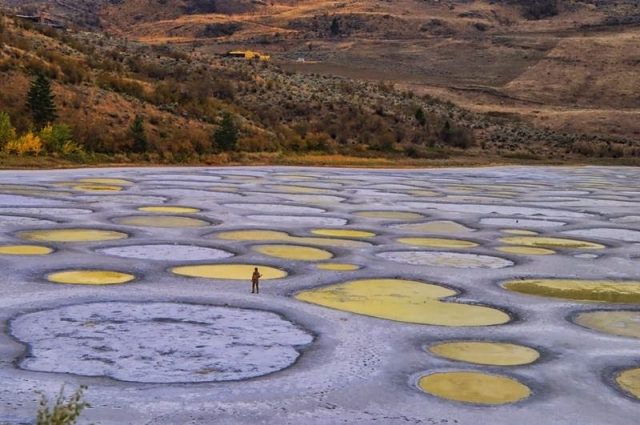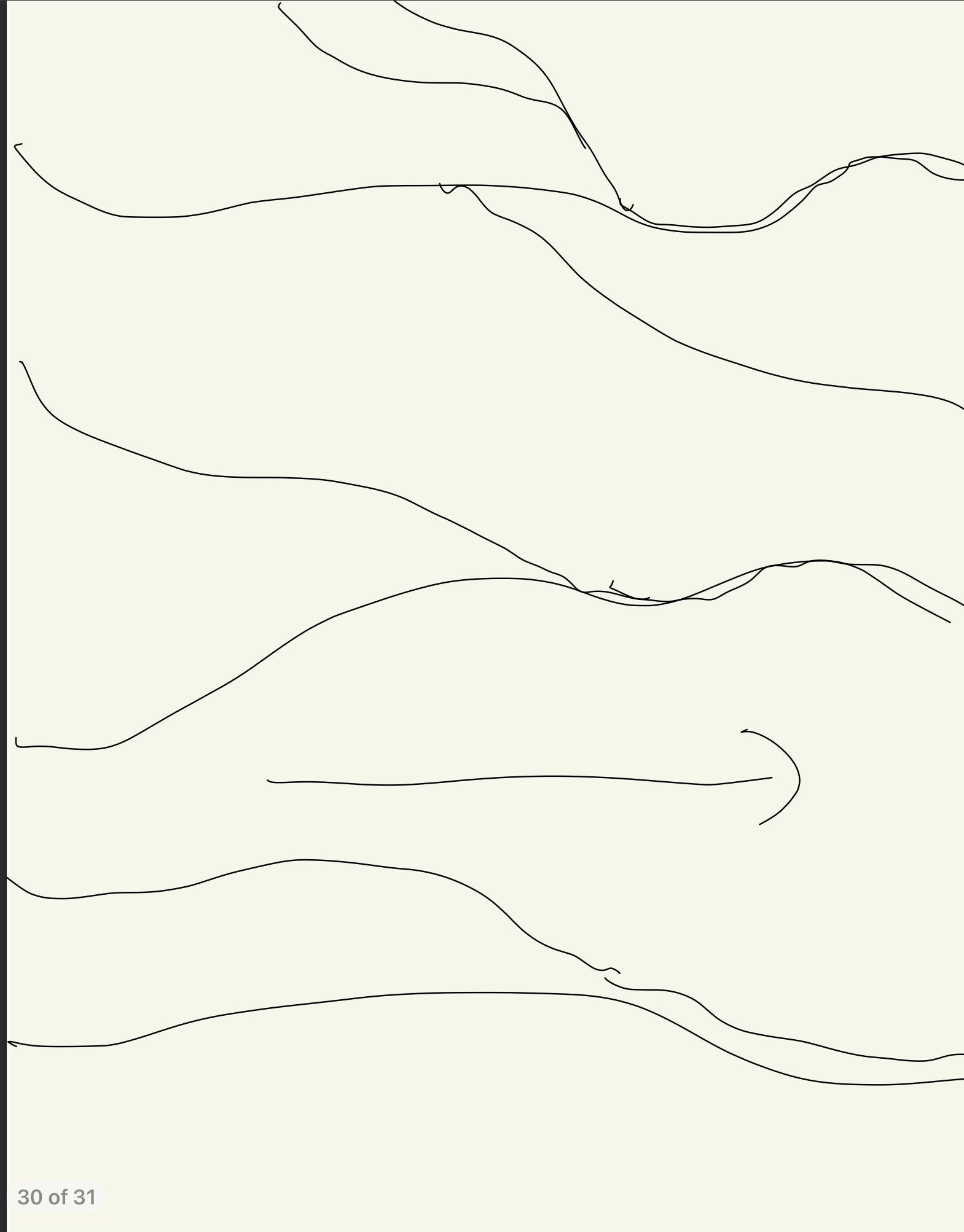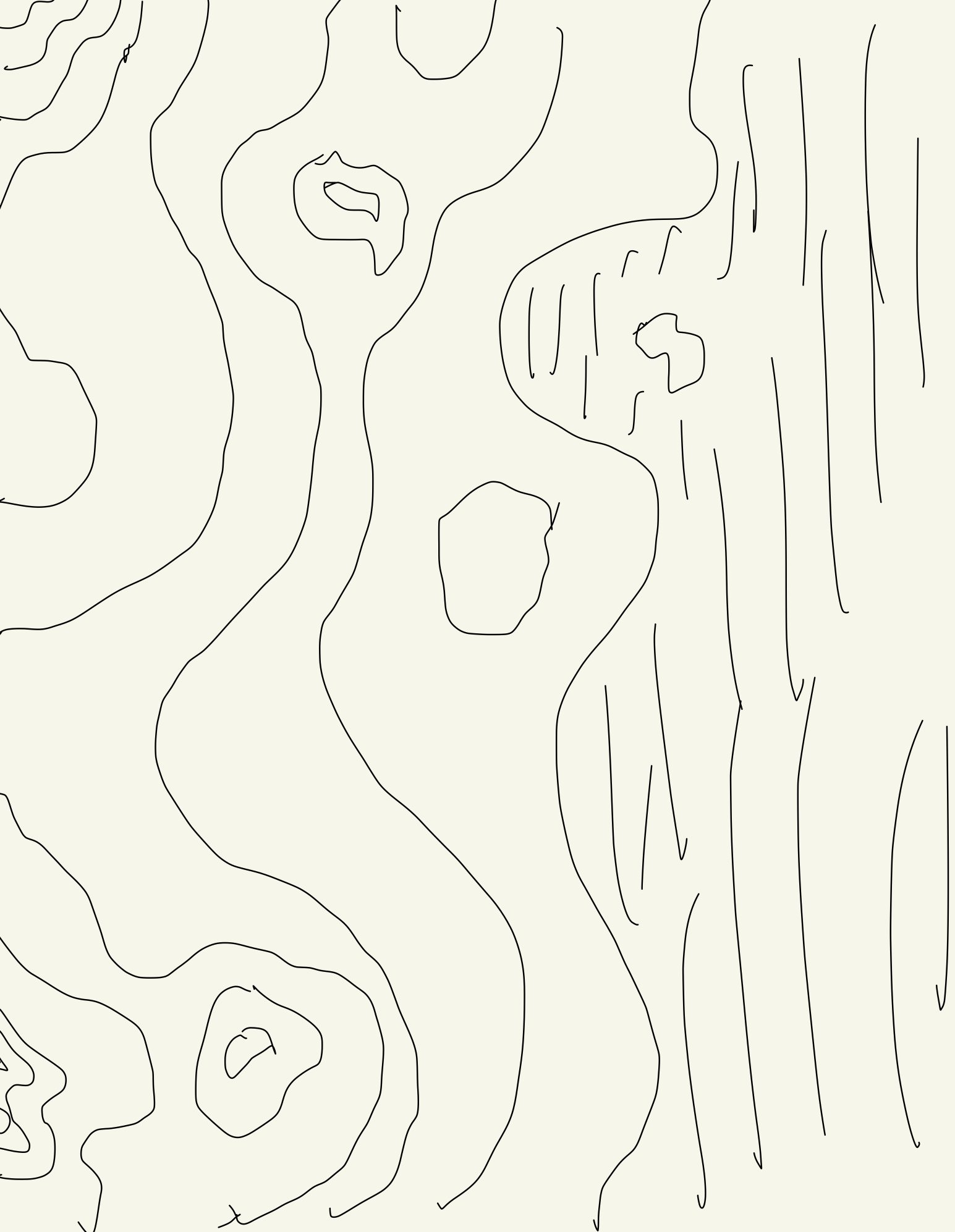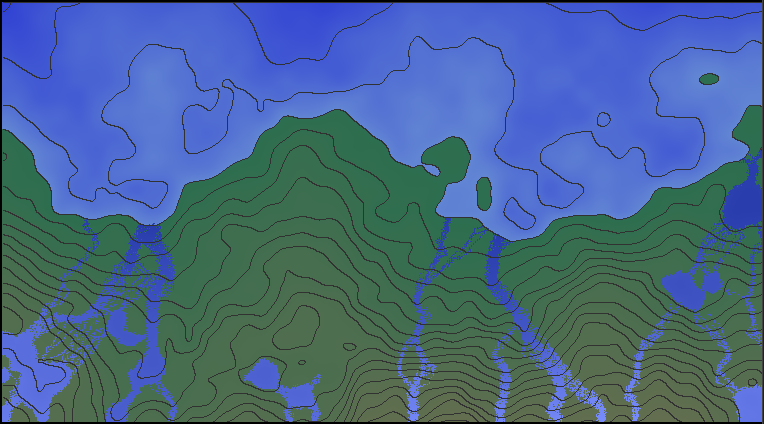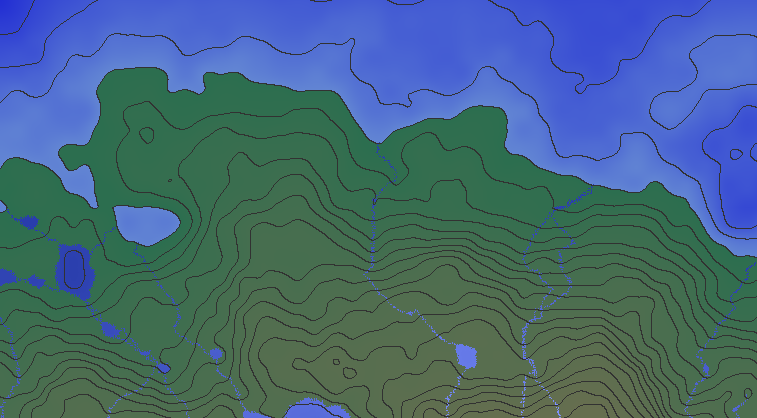Initially, I intended on making a gigantic surreal landscape out of many balls, Inspired by the childhood memories of playing in big ball pits, I wanted to make a 3D, physics-enabled, interactive landscape where the user gets to drive around what is essentially a gigantic ball pit. But due to some mysterious and possibly quite stupid issues with the physics engine and Golan’s advice, I diverted to this idea — a simple poetic experience of chasing the sun. The user can control their movement to navigate through the rising ice particles in the pursuit of the unattainable ultimate destination.
Things I wish I had the time to add: background music, sound effects, better movement control (with acceleration,) pointer lock control (ability to look around,) generative terrain (below,) VR.
About the size requirement: the application adapts to your browser window size and aspect ratio (though not on resize, didn’t have time to add that, you’d have to refresh) so you can make any size and respect ratio you want by tweaking your browser window.

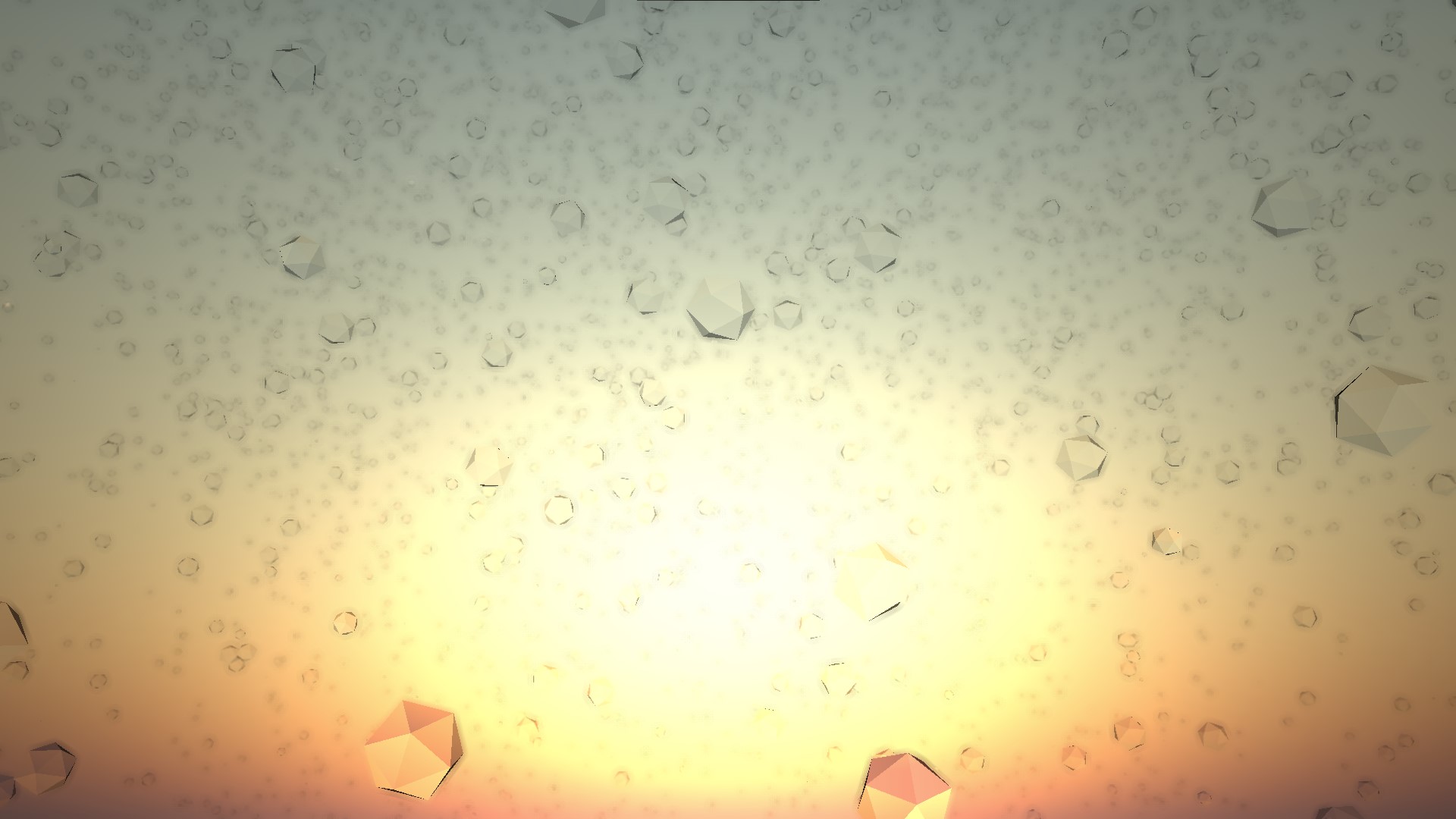

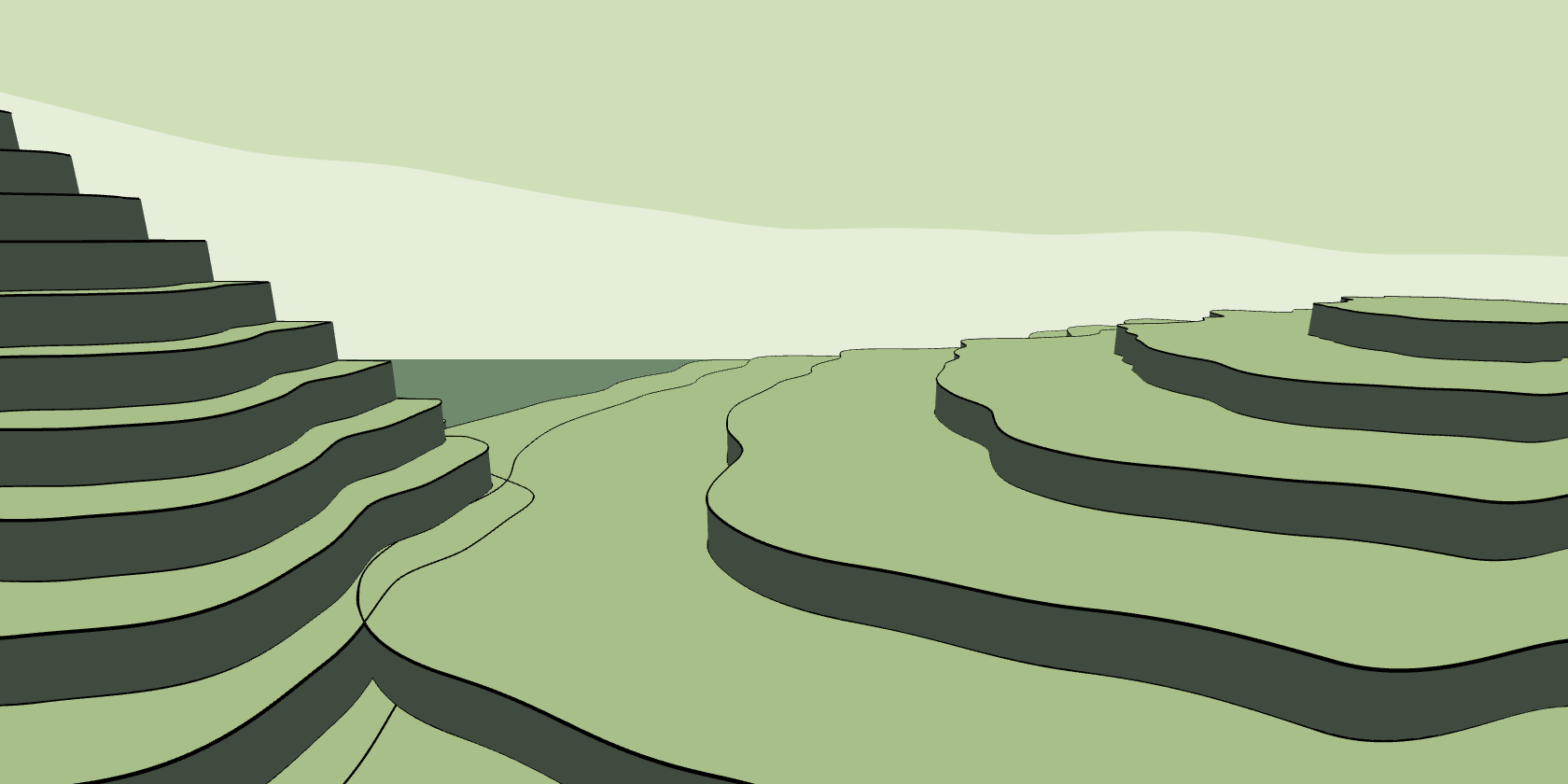
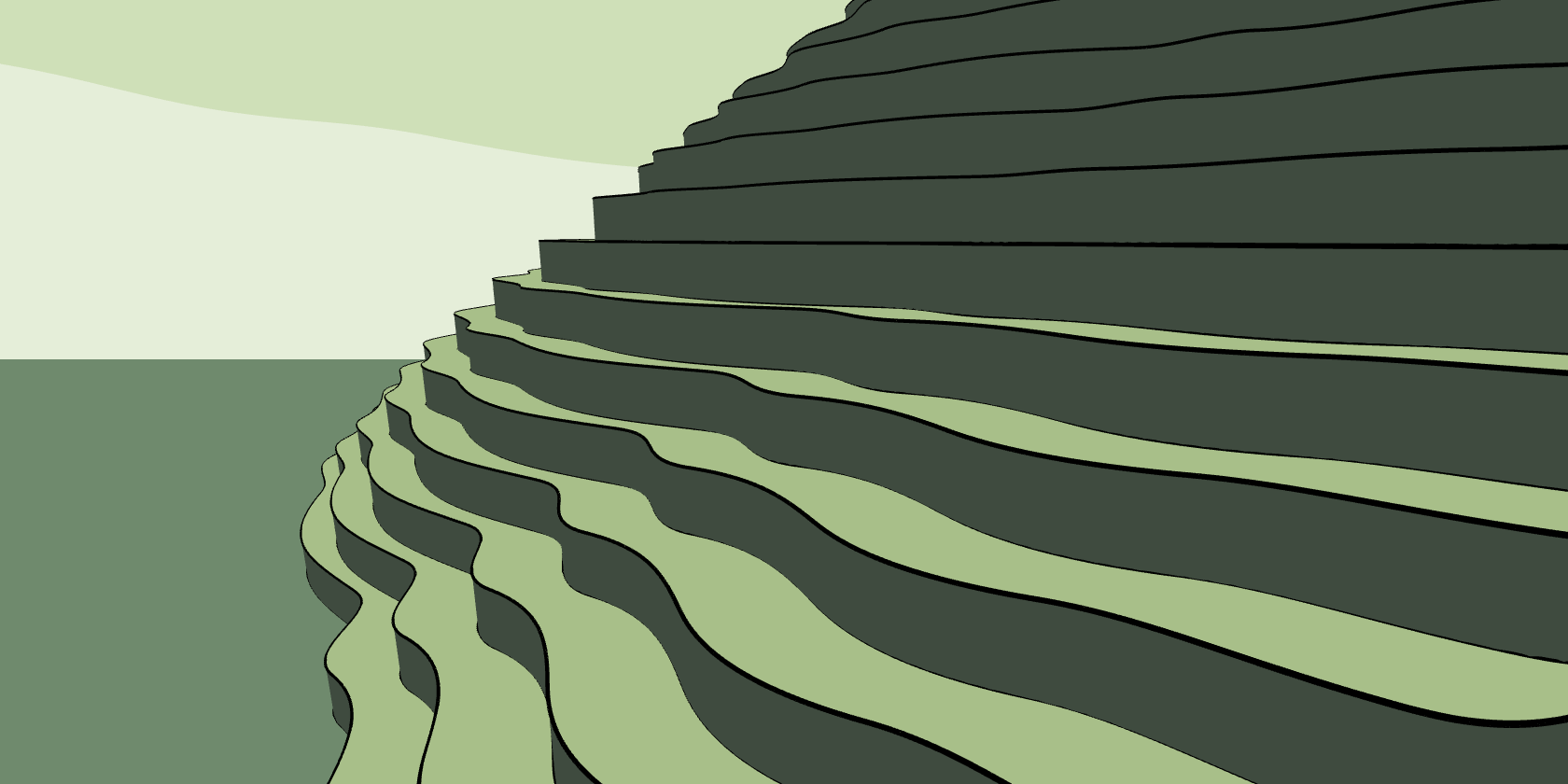
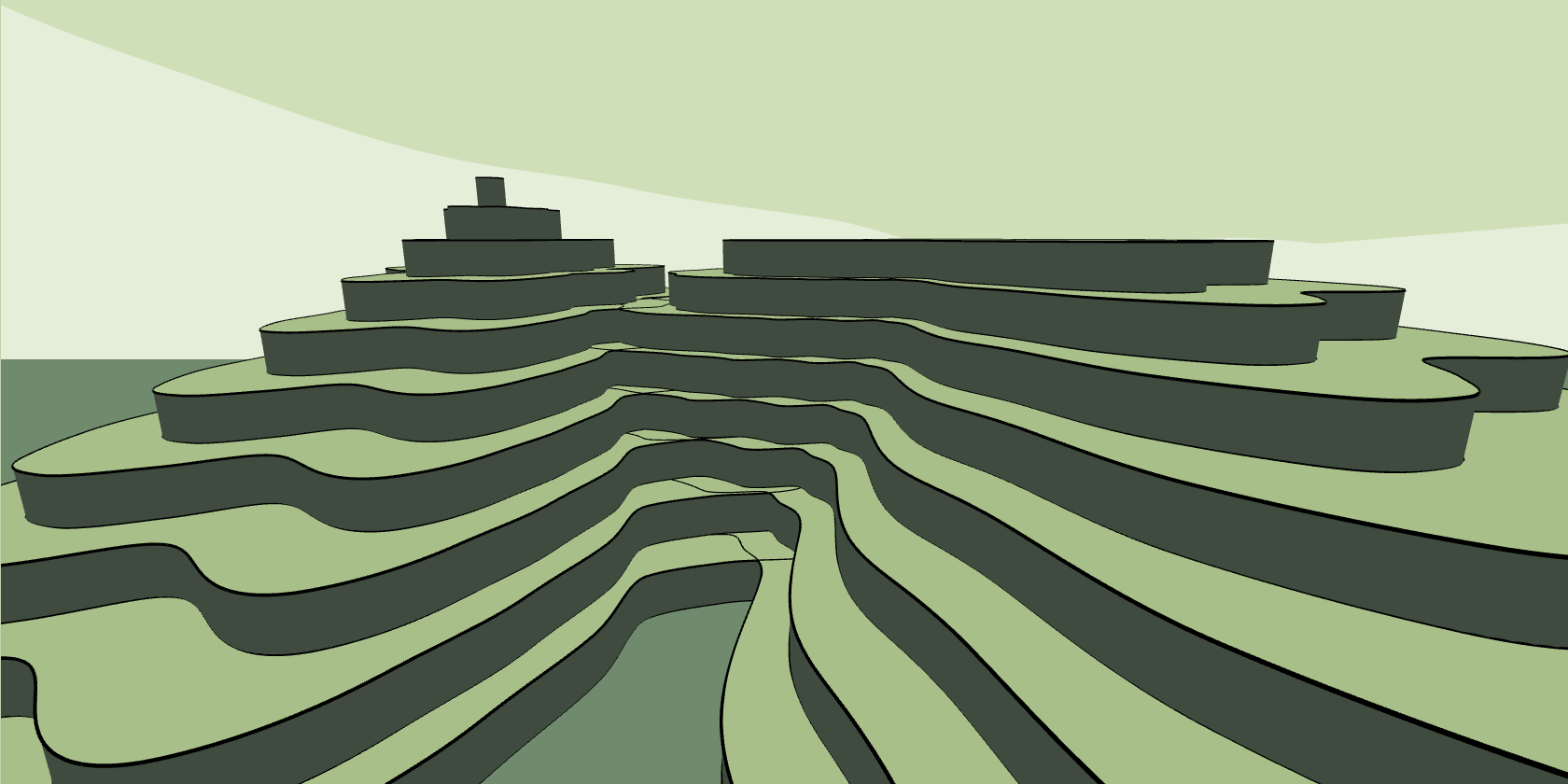
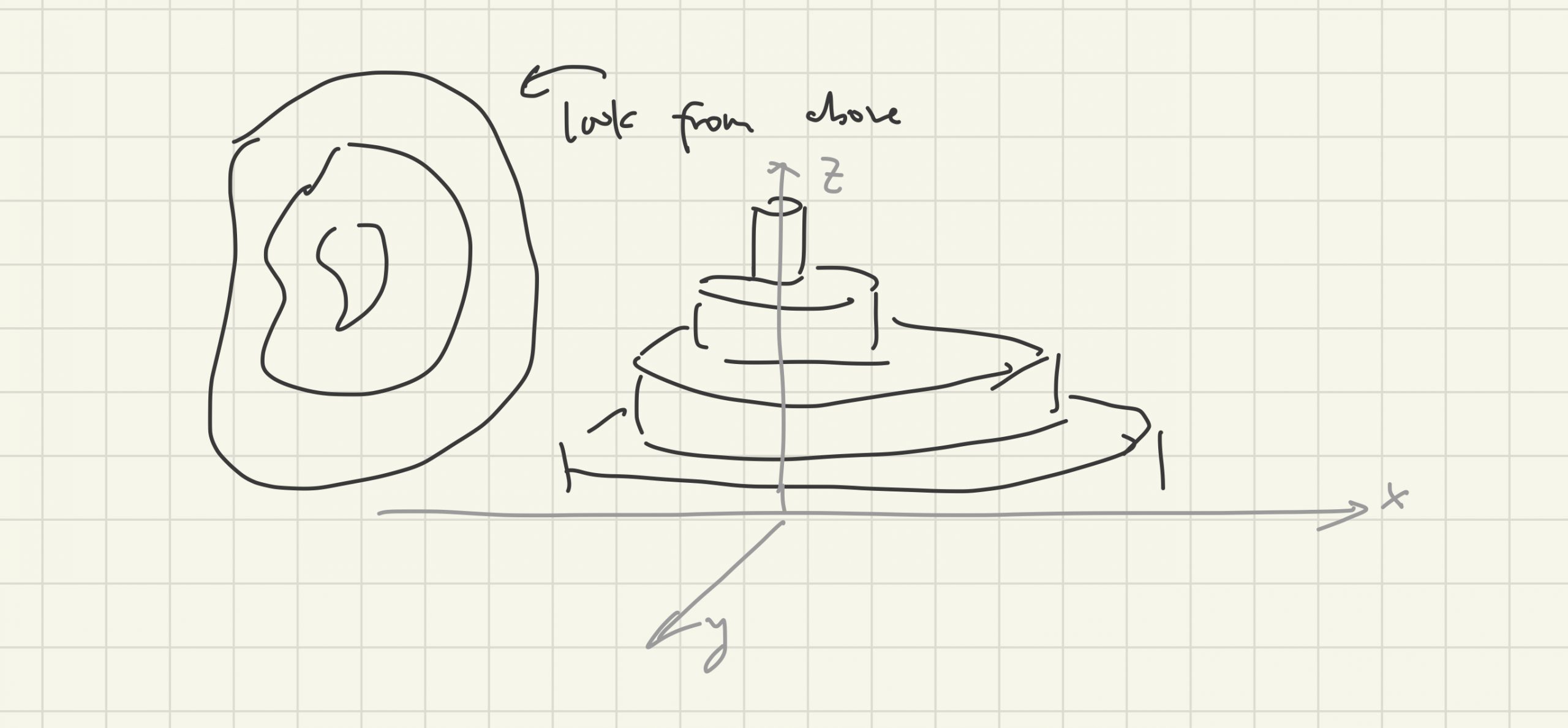

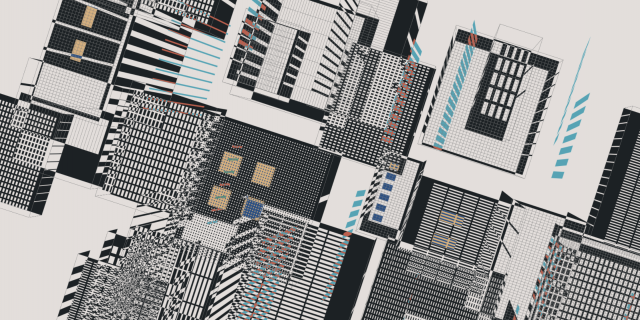
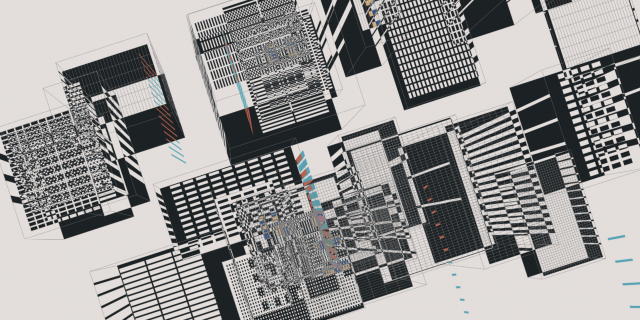
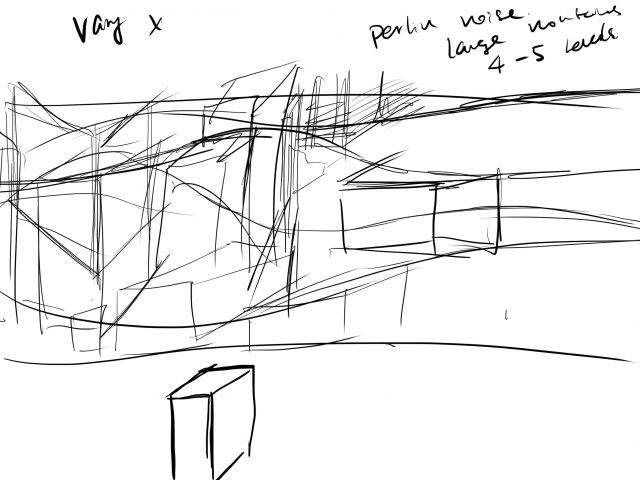

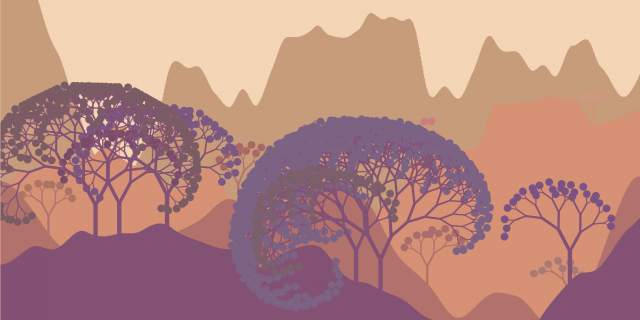

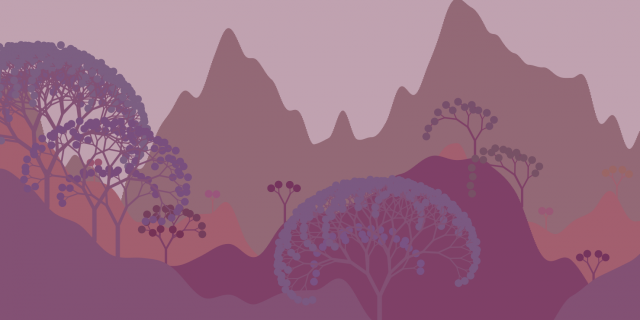
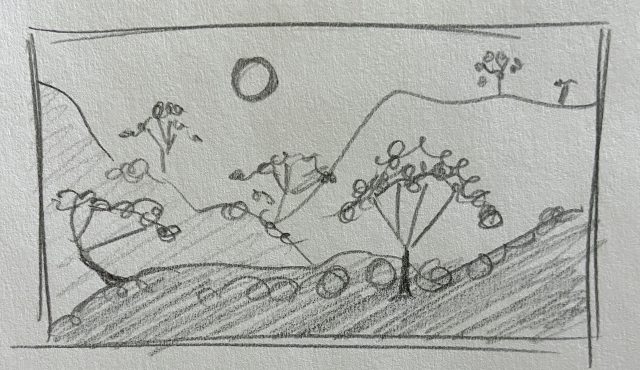
 Question 1A: Fried eggs exhibit effective complexity, and I believe they sit in the middle of total order and total randomness. They have orders in the way they are cooked–“removed from their shells and placed into a frying pan and fry with minimal accompaniment” (from Wikipedia)–but the shape of each fried egg has certain randomness.
Question 1A: Fried eggs exhibit effective complexity, and I believe they sit in the middle of total order and total randomness. They have orders in the way they are cooked–“removed from their shells and placed into a frying pan and fry with minimal accompaniment” (from Wikipedia)–but the shape of each fried egg has certain randomness.